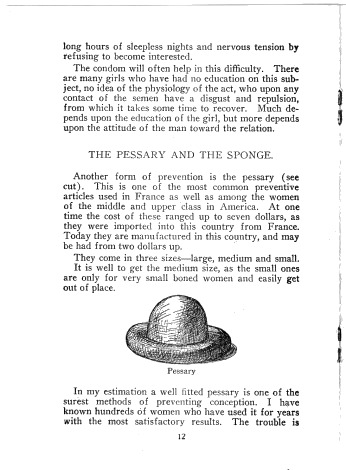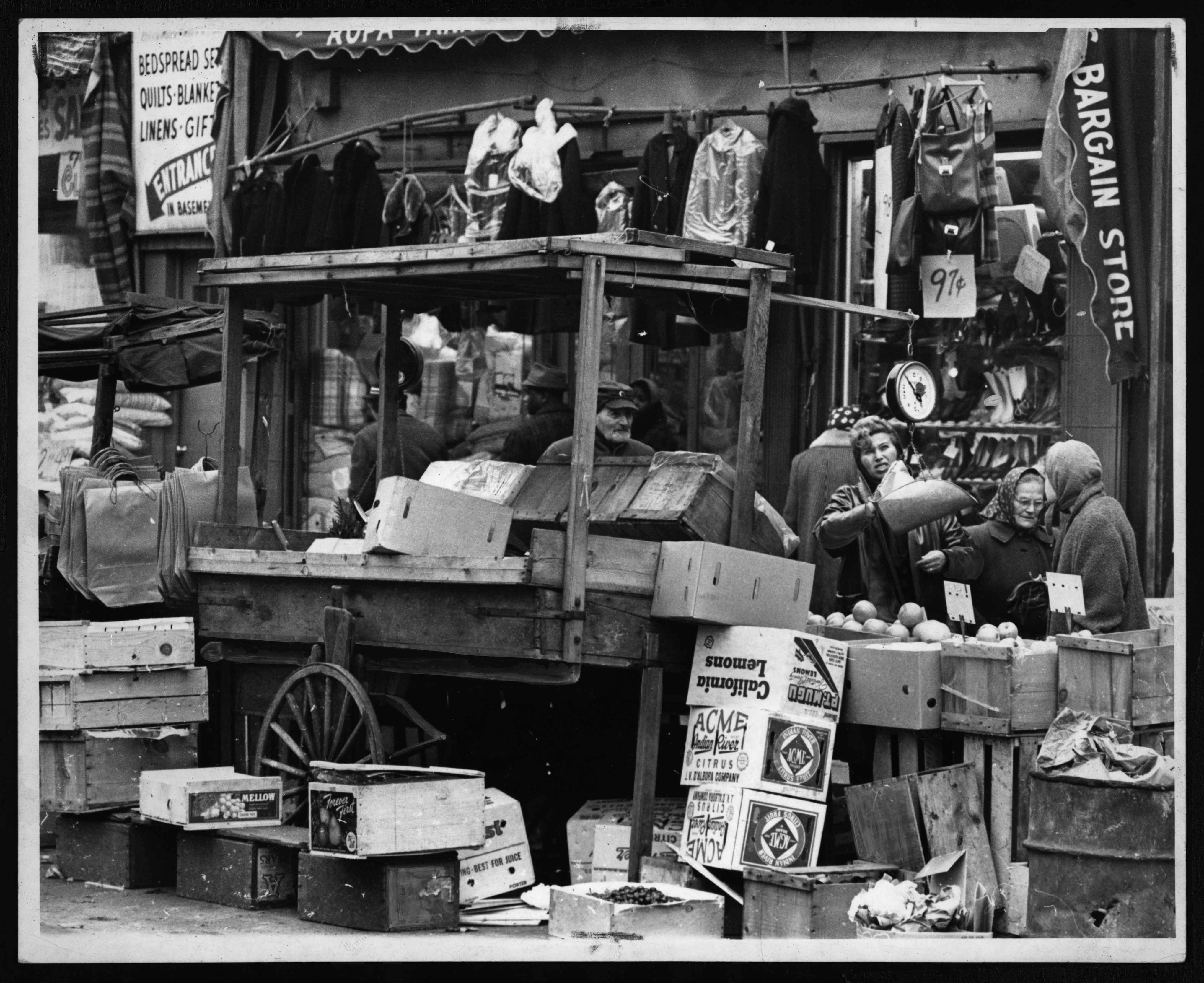|
Abraham I. Shiplacoff
Abraham Isaac "Abe" Shiplacoff (1877–1934) was a Russian-born Jewish-American trade union organizer and left wing political activist. Shiplacoff is best remembered as a Socialist New York assemblyman and as a prominent target of prosecution for sedition under the Espionage Act in 1918. Biography Early years Abraham I. Shiplacoff was born December 13, 1877, in Chernigov, Ukraine, then part of the Russian empire. Shiplacoff emigrated to the United States in 1891, settling in New York City. Political career In 1893, the 16-year-old Shiplacoff joined his first political organization, a socialist group known as "The Voice of Labor". Early in 1915, Shiplacoff was named Secretary of the United Hebrew Trades, a municipal trade union federation based in New York City. He was also active in Jewish causes during the second decade of the 20th century. For instance, in September 1915, the National Workmen's Committee on Jewish Rights held a meeting at Cooper Union to advocate f ... [...More Info...] [...Related Items...] OR: [Wikipedia] [Google] [Baidu] |
World War I
World War I (28 July 1914 11 November 1918), often abbreviated as WWI, was List of wars and anthropogenic disasters by death toll, one of the deadliest global conflicts in history. Belligerents included much of Europe, the Russian Empire, the United States, and the Ottoman Empire, with fighting occurring throughout Europe, the Middle East, Africa, the Pacific Ocean, Pacific, and parts of Asia. An estimated 9 million soldiers were killed in combat, plus another 23 million wounded, while 5 million civilians died as a result of military action, hunger, and disease. Millions more died in Genocides in history (World War I through World War II), genocides within the Ottoman Empire and in the Spanish flu, 1918 influenza pandemic, which was exacerbated by the movement of combatants during the war. Prior to 1914, the European great powers were divided between the Triple Entente (comprising French Third Republic, France, Russia, and British Empire, Britain) and the Triple A ... [...More Info...] [...Related Items...] OR: [Wikipedia] [Google] [Baidu] |
Margaret Sanger
Margaret Higgins Sanger (born Margaret Louise Higgins; September 14, 1879September 6, 1966), also known as Margaret Sanger Slee, was an American birth control activist, sex educator, writer, and nurse. Sanger popularized the term "birth control", opened the first birth control clinic in the United States, and established organizations that evolved into the Planned Parenthood Federation of America. Sanger used her writings and speeches primarily to promote her way of thinking. She was prosecuted for her book ''Family Limitation'' under the Comstock Act in 1914. She feared the consequences of her writings, so she fled to Britain until public opinion had quieted. Sanger's efforts contributed to several judicial cases that helped legalize contraception in the United States. Due to her connection with Planned Parenthood, Sanger is frequently criticized by opponents of abortion. However, Sanger drew a sharp distinction between birth control and abortion and was opposed to abortio ... [...More Info...] [...Related Items...] OR: [Wikipedia] [Google] [Baidu] |
Birth Control
Birth control, also known as contraception, anticonception, and fertility control, is the use of methods or devices to prevent unwanted pregnancy. Birth control has been used since ancient times, but effective and safe methods of birth control only became available in the 20th century. Planning, making available, and using birth control is called family planning. Some cultures limit or discourage access to birth control because they consider it to be morally, religiously, or politically undesirable. The World Health Organization and Centers for Disease Control and Prevention, United States Centers for Disease Control and Prevention provide guidance on the safety of birth control methods among women with specific medical conditions. The most effective methods of birth control are Sterilization (medicine), sterilization by means of vasectomy in males and tubal ligation in females, intrauterine devices (IUDs), and contraceptive implant, implantable birth control. This is follo ... [...More Info...] [...Related Items...] OR: [Wikipedia] [Google] [Baidu] |
Joseph A
Joseph is a common male given name, derived from the Hebrew Yosef (יוֹסֵף). "Joseph" is used, along with "Josef", mostly in English, French and partially German languages. This spelling is also found as a variant in the languages of the modern-day Nordic countries. In Portuguese and Spanish, the name is "José". In Arabic, including in the Quran, the name is spelled '' Yūsuf''. In Persian, the name is "Yousef". The name has enjoyed significant popularity in its many forms in numerous countries, and ''Joseph'' was one of the two names, along with ''Robert'', to have remained in the top 10 boys' names list in the US from 1925 to 1972. It is especially common in contemporary Israel, as either "Yossi" or "Yossef", and in Italy, where the name "Giuseppe" was the most common male name in the 20th century. In the first century CE, Joseph was the second most popular male name for Palestine Jews. In the Book of Genesis Joseph is Jacob's eleventh son and Rachel's first son, a ... [...More Info...] [...Related Items...] OR: [Wikipedia] [Google] [Baidu] |
Third Degree (interrogation)
{{Short pages monitor ... [...More Info...] [...Related Items...] OR: [Wikipedia] [Google] [Baidu] |
Brownsville, Brooklyn
Brownsville is a residential neighborhood in eastern Brooklyn in New York City. The neighborhood is generally bordered by Crown Heights to the northwest; Bedford–Stuyvesant and Cypress Hills to the north; East New York to the east; Canarsie to the south; and East Flatbush to the west. The area that comprises Brownsville has 58,300 residents as of the 2010 United States Census, with an estimated population of 128,369 residents in 2019. Founded in its current incarnation in 1858, Brownsville was initially a settlement composed of Jewish factory workers. The neighborhood underwent a major demographic change in the 1950s that saw an influx of African-American residents. Since the late 20th century, Brownsville has consistently held one of the highest poverty and crime rates of any neighborhood in New York City. Brownsville is part of Brooklyn Community District 16, and its primary ZIP Code is 11212. It is patrolled by the 73rd Precinct of the New York City Police Departme ... [...More Info...] [...Related Items...] OR: [Wikipedia] [Google] [Baidu] |
141st New York State Legislature
The 141st New York State Legislature, consisting of the New York State Senate and the New York State Assembly, met from January 2 to April 13, 1918, during the fourth year of Charles S. Whitman's governorship, in Albany. Background Under the provisions of the New York Constitution of 1894, re-apportioned in 1917, 51 Senators and 150 assemblymen were elected in single-seat districts; senators for a two-year term, assemblymen for a one-year term. The senatorial districts were made up of entire counties, except New York County (twelve districts), Kings County (eight districts), Erie County (three districts) and Monroe County (two districts). The Assembly districts were made up of contiguous area, all within the same county. In 1917, the Legislature redistricted the Senate seats, and re-apportioned the number of assemblymen per county. Bronx County—which had been part of New York County at the time of the previous apportionment and occupied roughly the area of four Assembly dis ... [...More Info...] [...Related Items...] OR: [Wikipedia] [Google] [Baidu] |
140th New York State Legislature
The 140th New York State Legislature, consisting of the New York State Senate and the New York State Assembly, met from January 3 to October 2, 1917, during the third year of Charles S. Whitman's governorship, in Albany. Background Under the provisions of the New York Constitution of 1894, re-apportioned in 1906 and 1907, 51 Senators and 150 assemblymen were elected in single-seat districts; senators for a two-year term, assemblymen for a one-year term. The senatorial districts were made up of entire counties, except New York County (twelve districts), Kings County (eight districts), Erie County (three districts) and Monroe County (two districts). The Assembly districts were made up of contiguous area, all within the same county. At this time there were two major political parties: the Republican Party and the Democratic Party. The Socialist Party, the Prohibition Party, the Progressive Party, the Independence League, the Socialist Labor Party and the American Party also no ... [...More Info...] [...Related Items...] OR: [Wikipedia] [Google] [Baidu] |
139th New York State Legislature
The 139th New York State Legislature, consisting of the New York State Senate and the New York State Assembly, met from January 5 to April 20, 1916, during the second year of Charles S. Whitman's governorship, in Albany. Background Under the provisions of the New York Constitution of 1894, re-apportioned in 1906 and 1907, 51 Senators and 150 assemblymen were elected in single-seat districts; senators for a two-year term, assemblymen for a one-year term. The senatorial districts were made up of entire counties, except New York County (twelve districts), Kings County (eight districts), Erie County (three districts) and Monroe County (two districts). The Assembly districts were made up of contiguous area, all within the same county. At this time there were two major political parties: the Republican Party and the Democratic Party. Elections The New York state election, 1915, was held on November 2. No statewide elective offices were up for election. The voters rejected all amendm ... [...More Info...] [...Related Items...] OR: [Wikipedia] [Google] [Baidu] |
135th New York State Legislature
The 135th New York State Legislature, consisting of the New York State Senate and the New York State Assembly, met from January 3 to March 29, 1912, during the second year of John Alden Dix's governorship, in Albany. Background Under the provisions of the New York Constitution of 1894, re-apportioned in 1906 and 1907, 51 Senators and 150 assemblymen were elected in single-seat districts; senators for a two-year term, assemblymen for a one-year term. The senatorial districts were made up of entire counties, except New York County (twelve districts), Kings County (eight districts), Erie County (three districts) and Monroe County (two districts). The Assembly districts were made up of contiguous area, all within the same county. At this time there were two major political parties: the Republican Party and the Democratic Party. Elections The New York state election, 1911, was held on November 7. No statewide elective offices were up for election. For the first time, a Socialist w ... [...More Info...] [...Related Items...] OR: [Wikipedia] [Google] [Baidu] |
New York State Assembly
The New York State Assembly is the lower house of the New York State Legislature, with the New York State Senate being the upper house. There are 150 seats in the Assembly. Assembly members serve two-year terms without term limits. The Assembly convenes at the State Capitol in Albany. Leadership of the Assembly The Speaker of the Assembly presides over the Assembly. The Speaker is elected by the Majority Conference followed by confirmation of the full Assembly through the passage of an Assembly Resolution. In addition to presiding over the body, the Speaker also has the chief leadership position, and controls the flow of legislation and committee assignments. The minority leader is elected by party caucus. The majority leader of the Assembly is selected by, and serves, the Speaker. Democrat Carl Heastie of the 83rd Assembly District has served as Speaker of the Assembly since February 2015. Crystal Peoples-Stokes of the 141st Assembly District has served as Assembly Ma ... [...More Info...] [...Related Items...] OR: [Wikipedia] [Google] [Baidu] |



